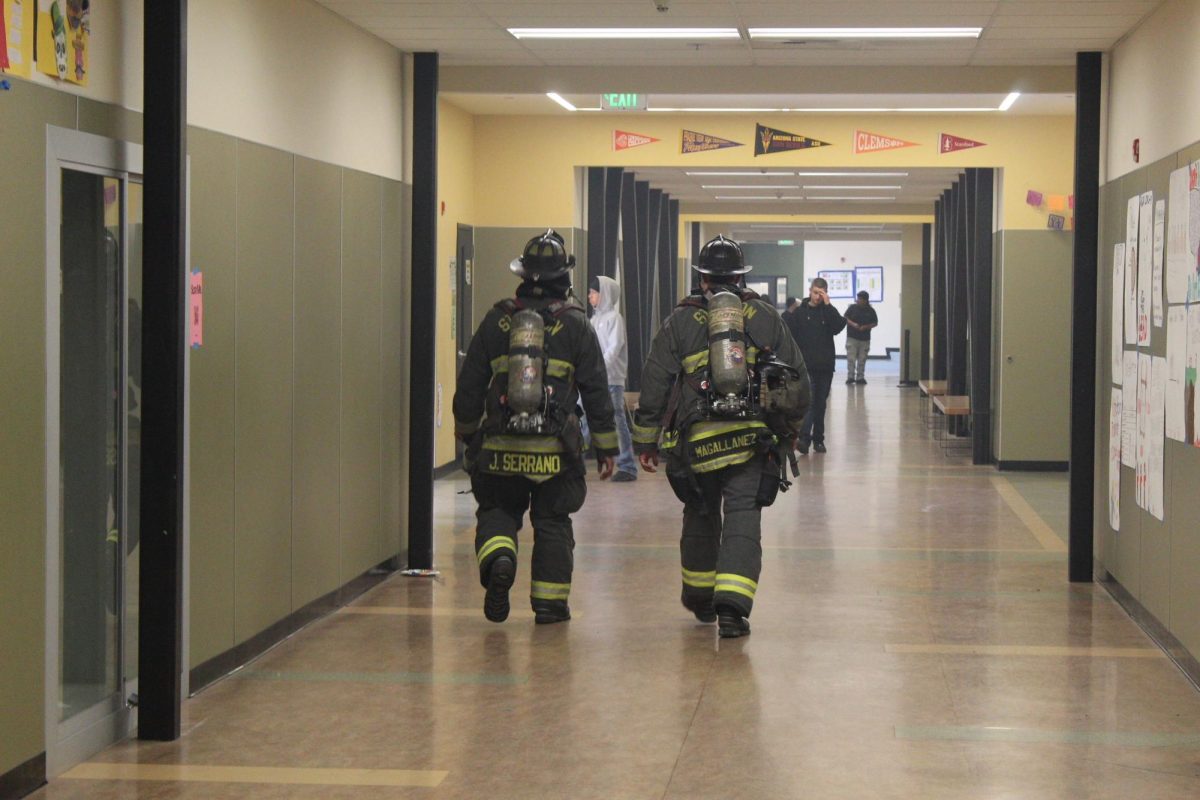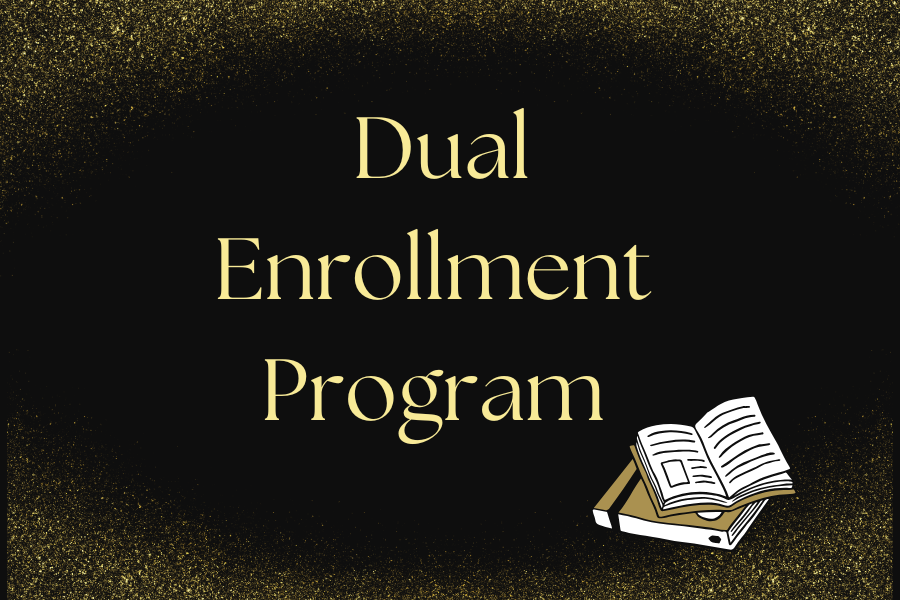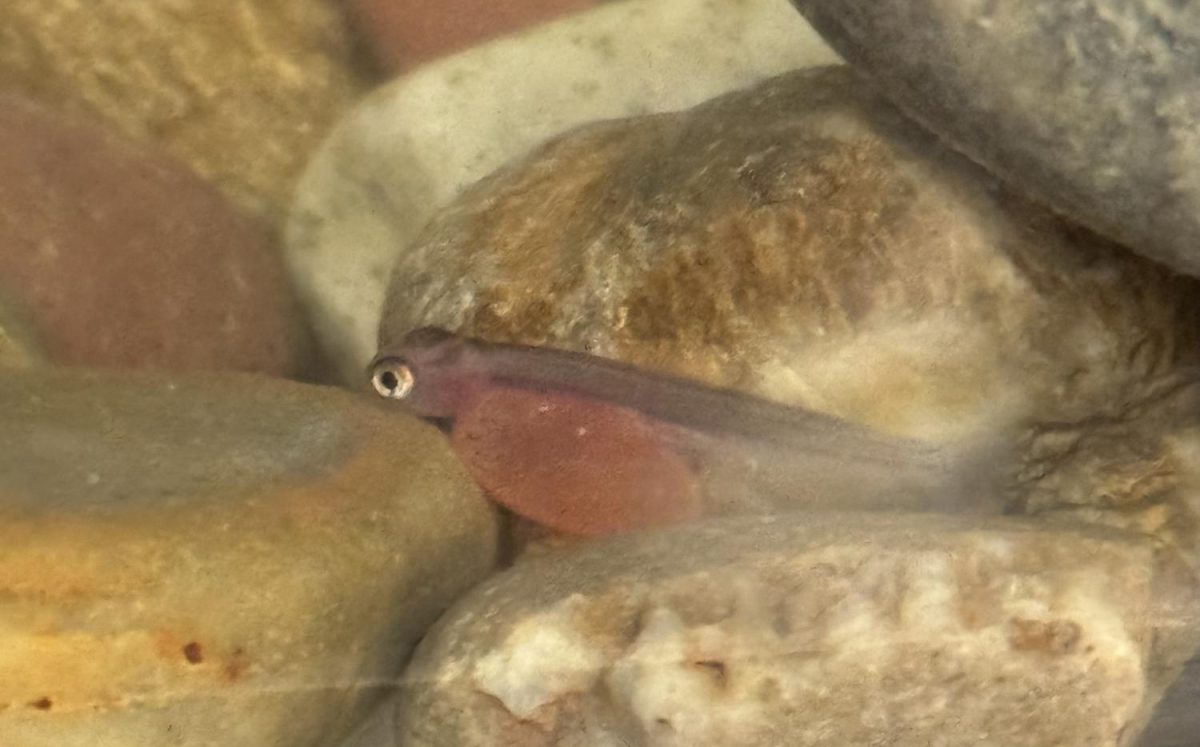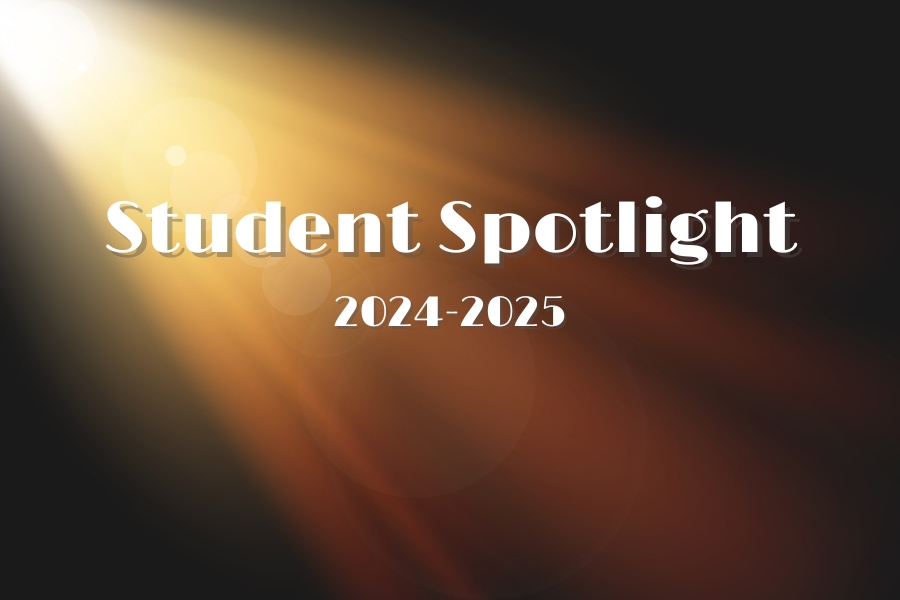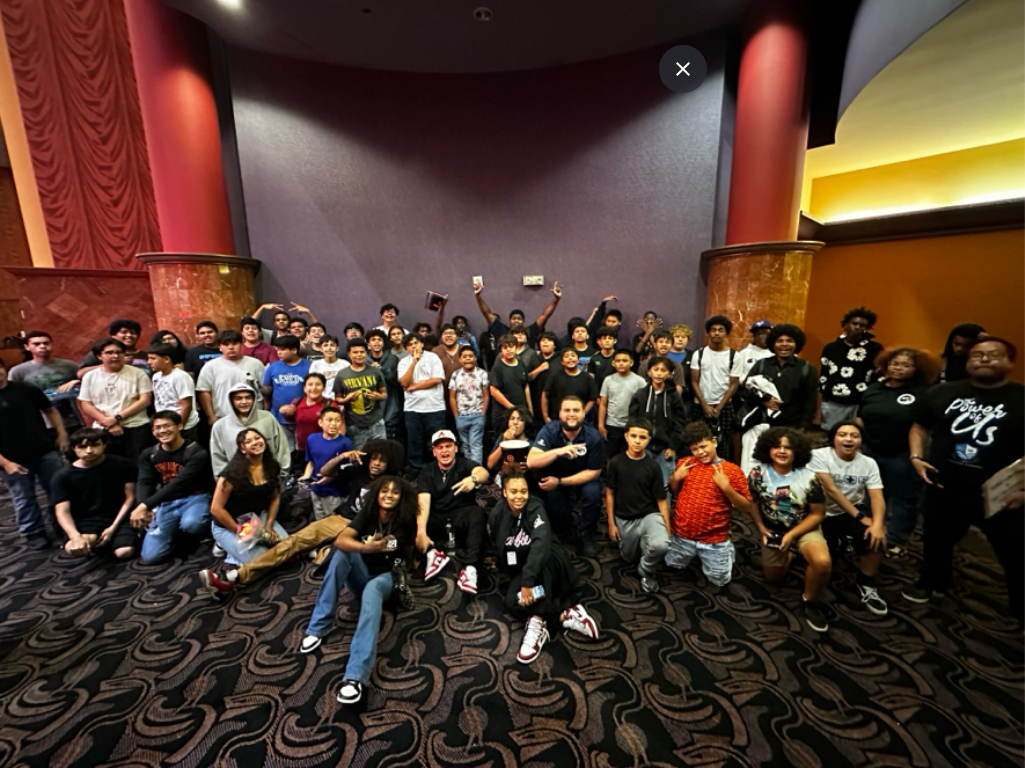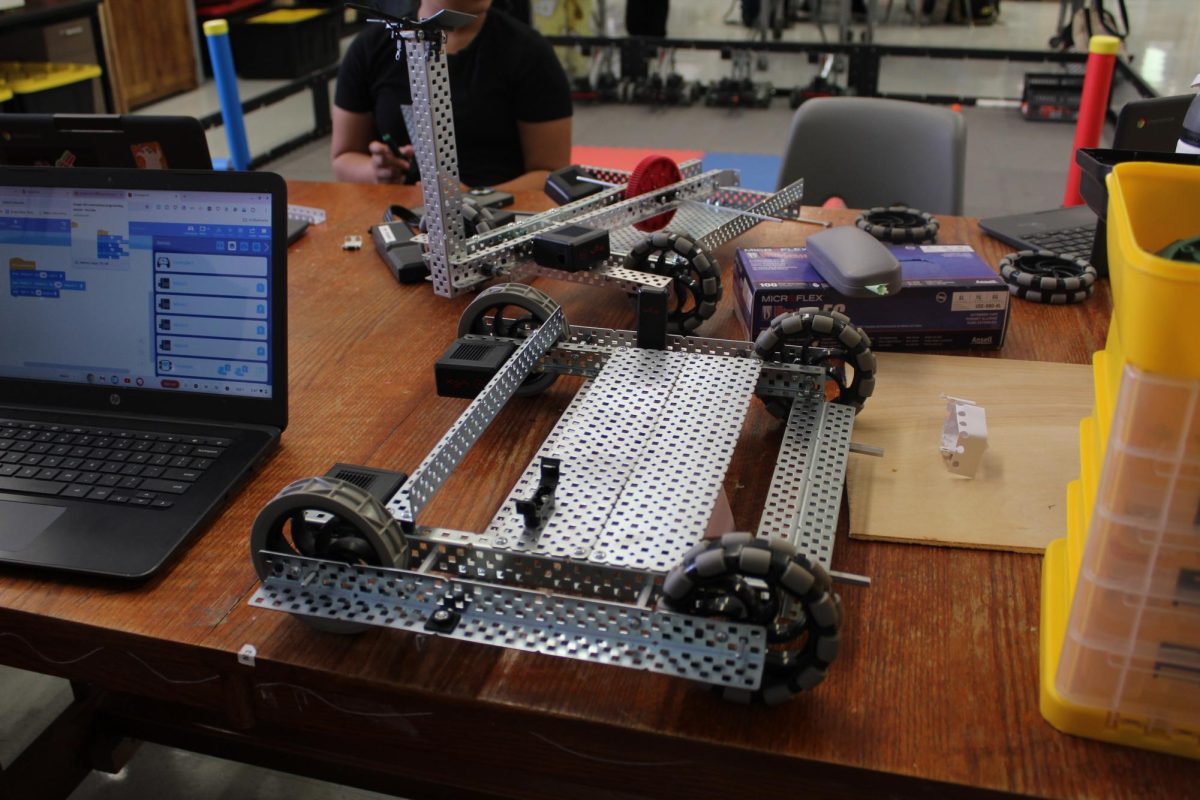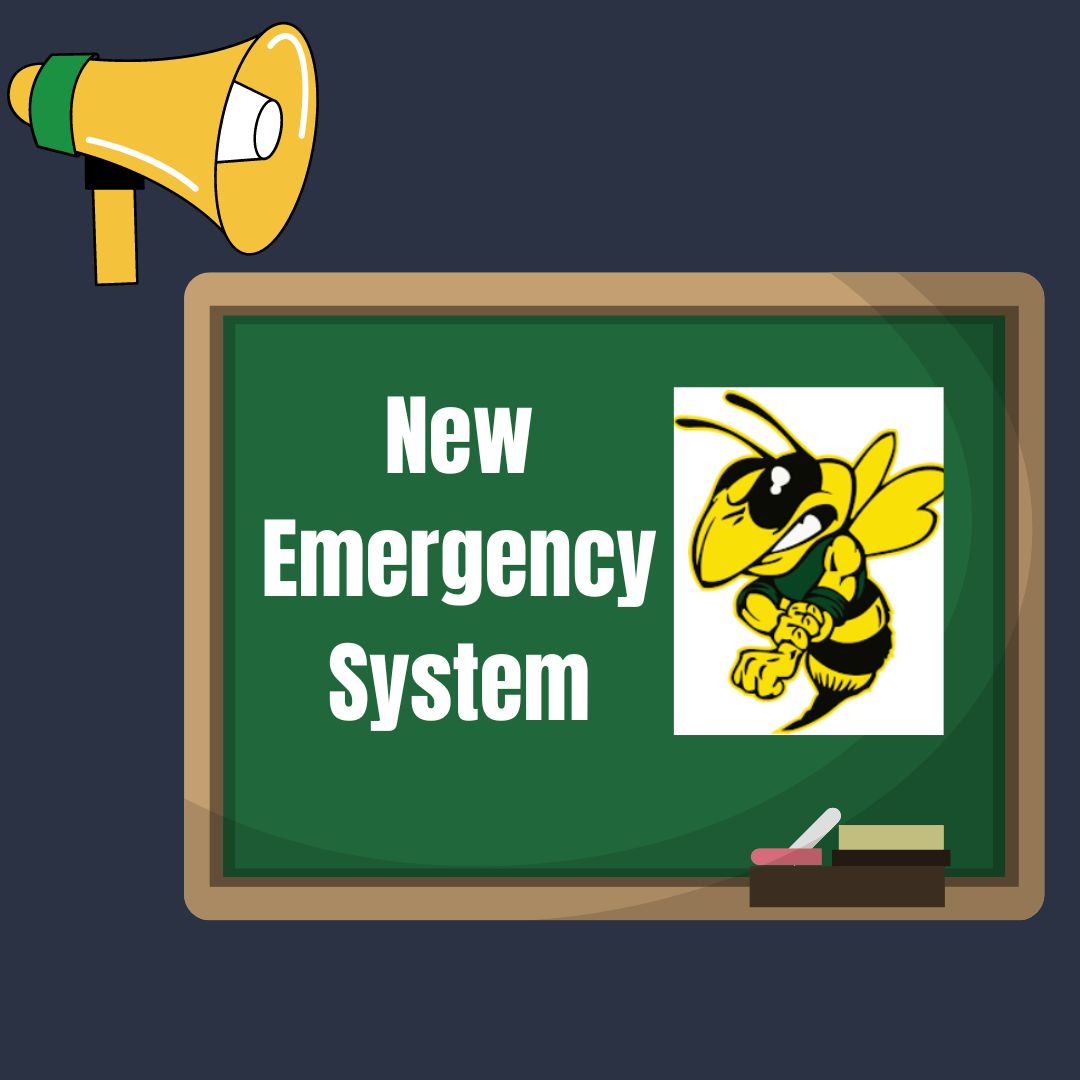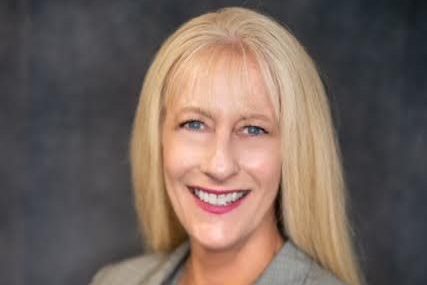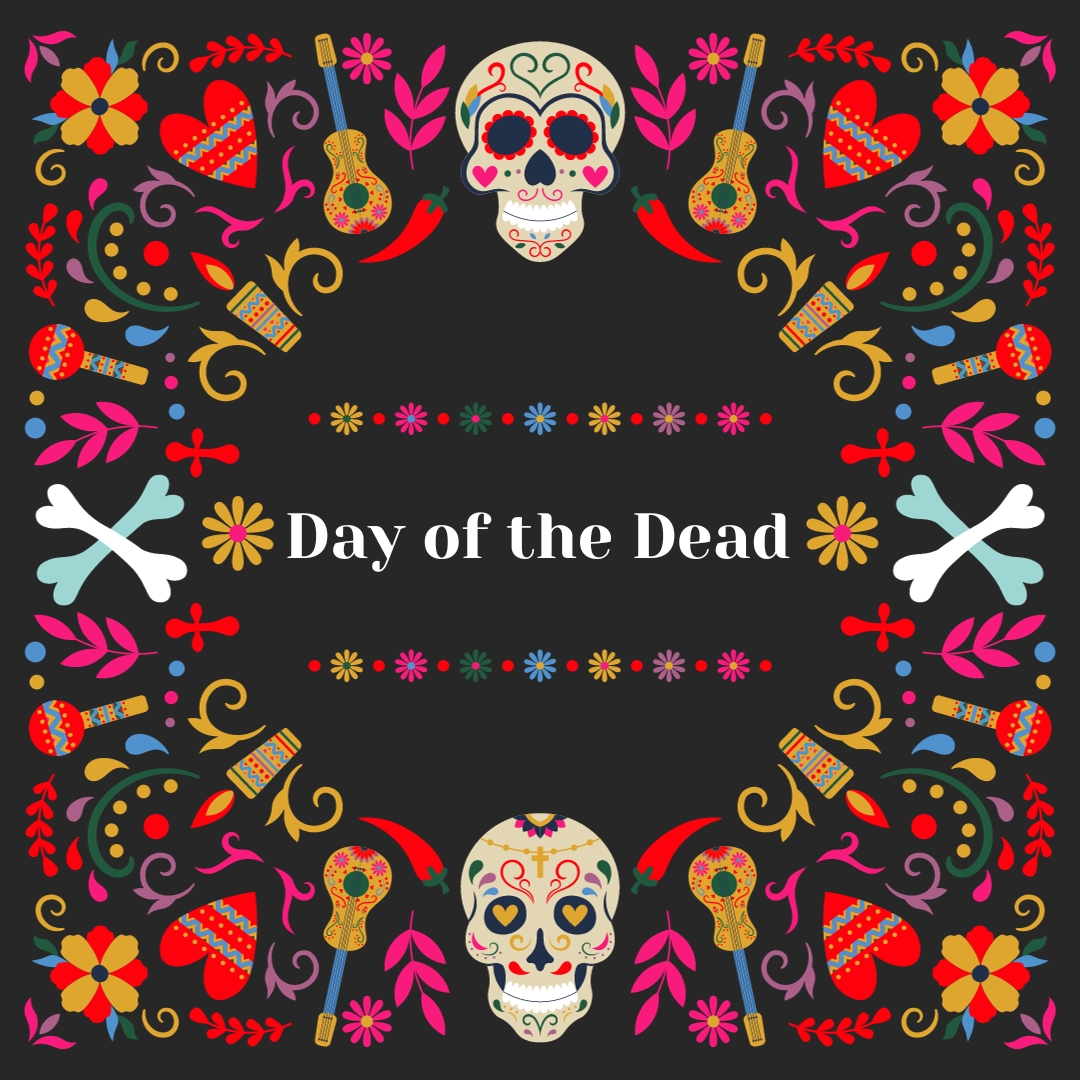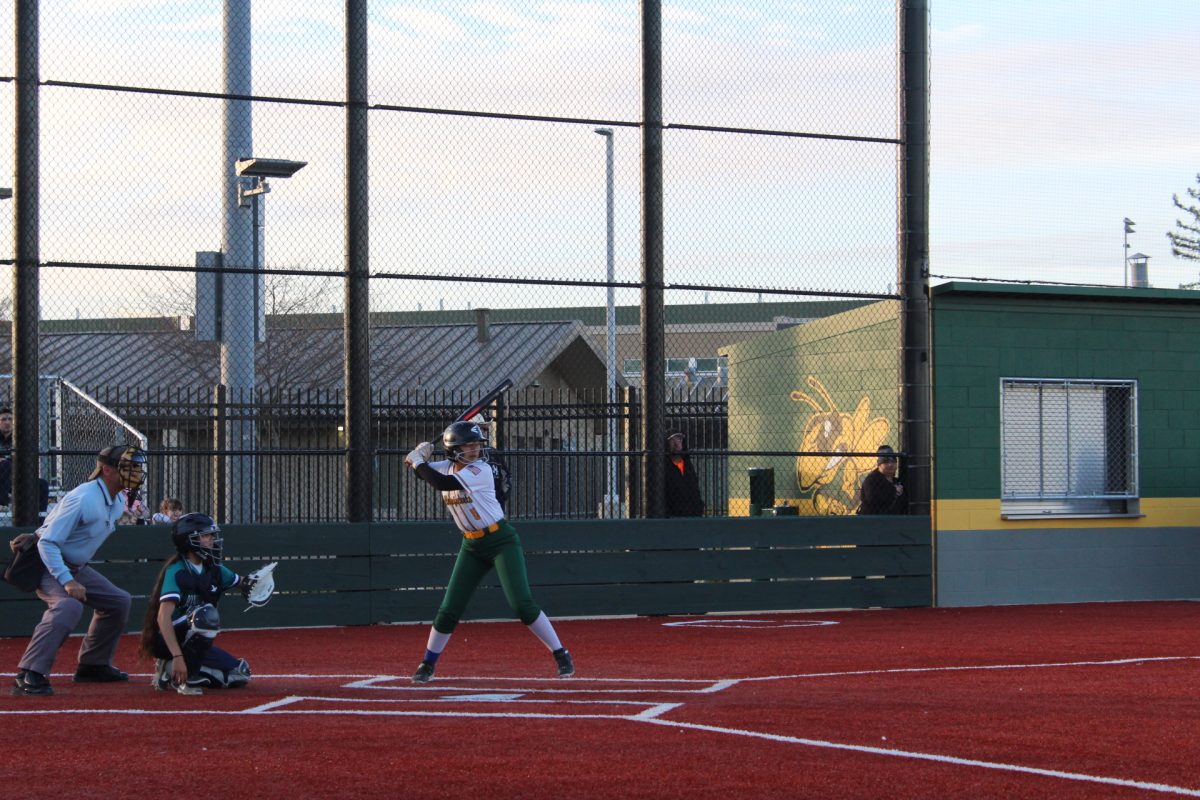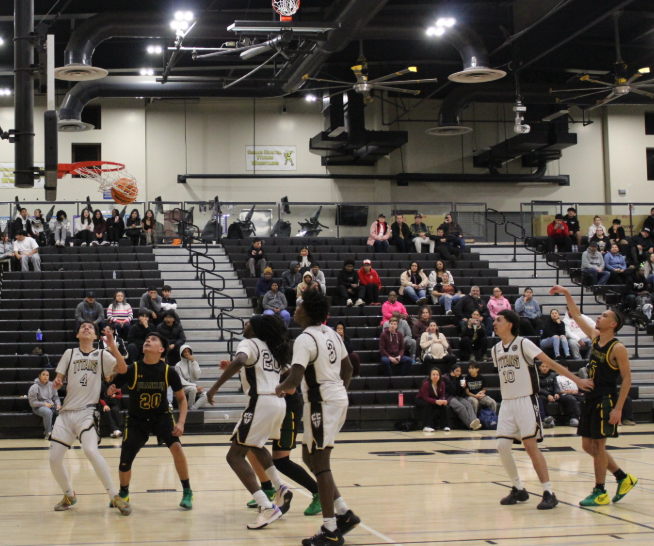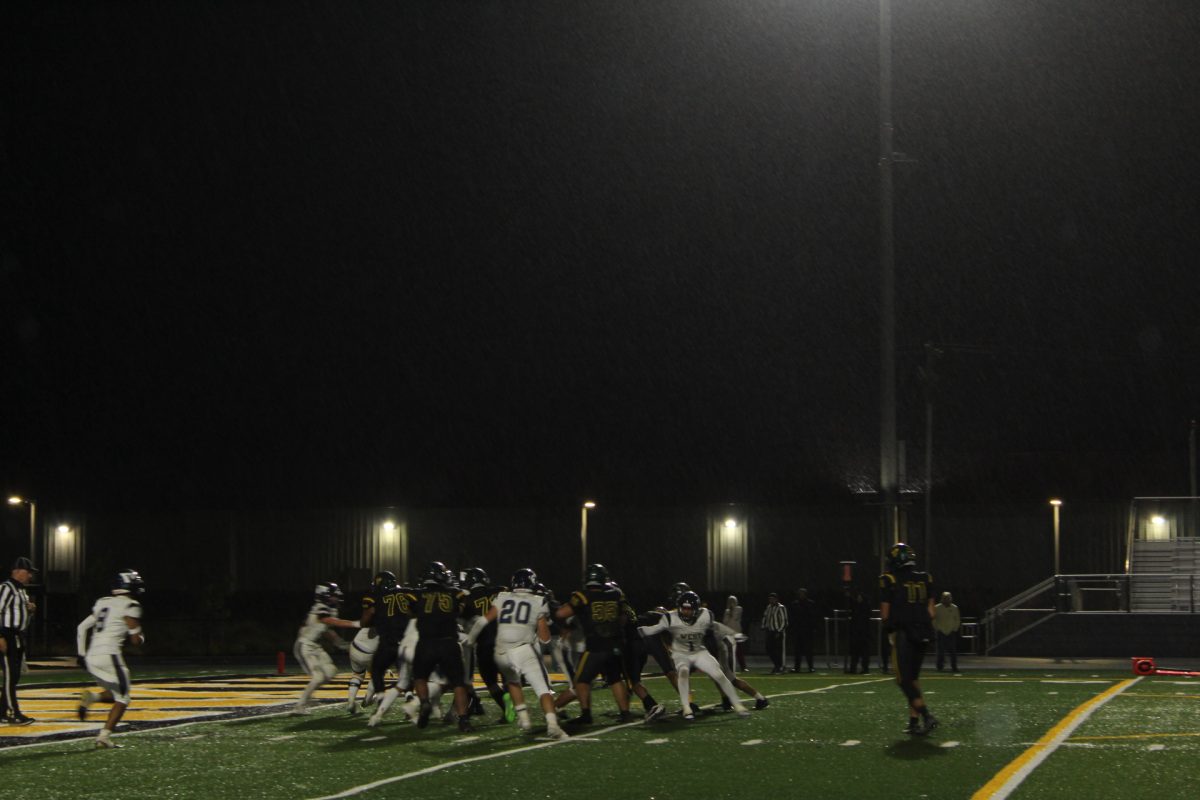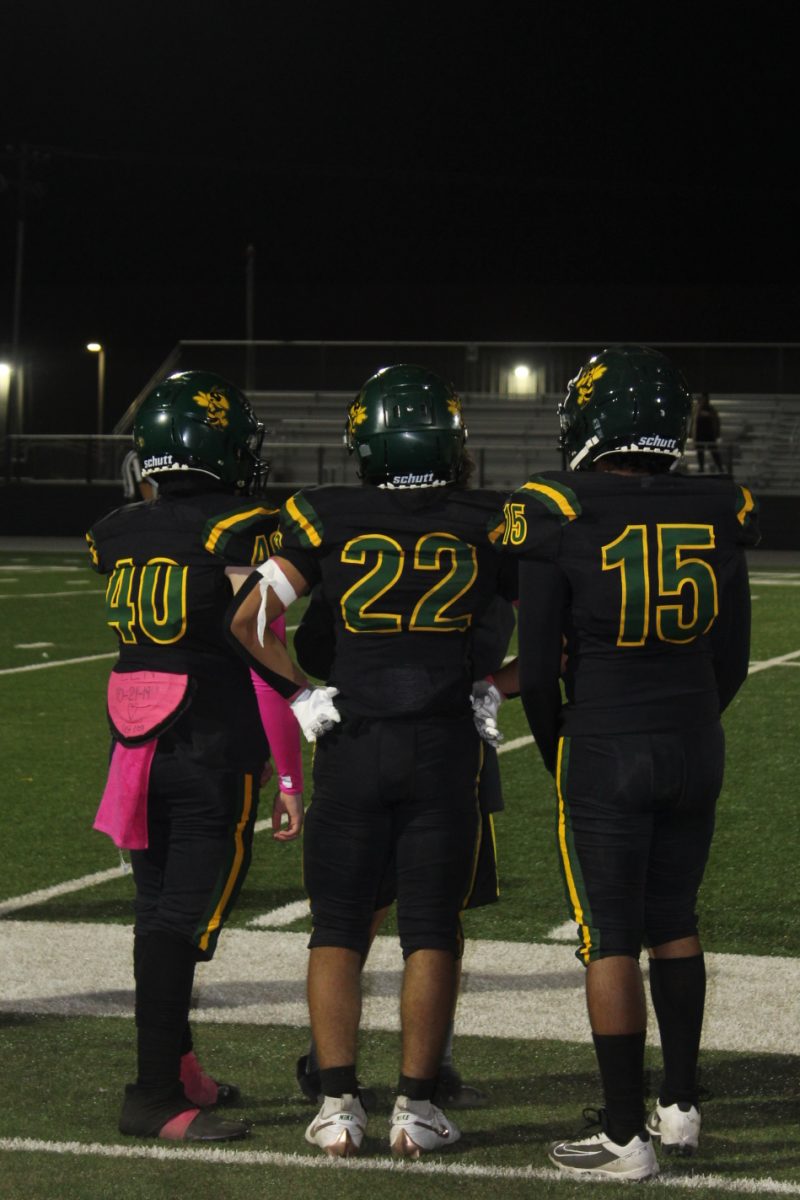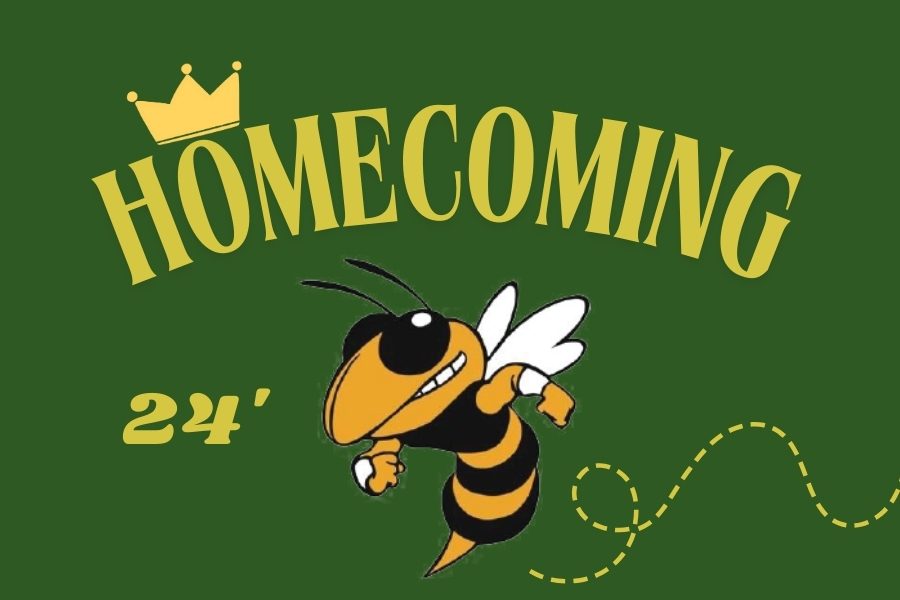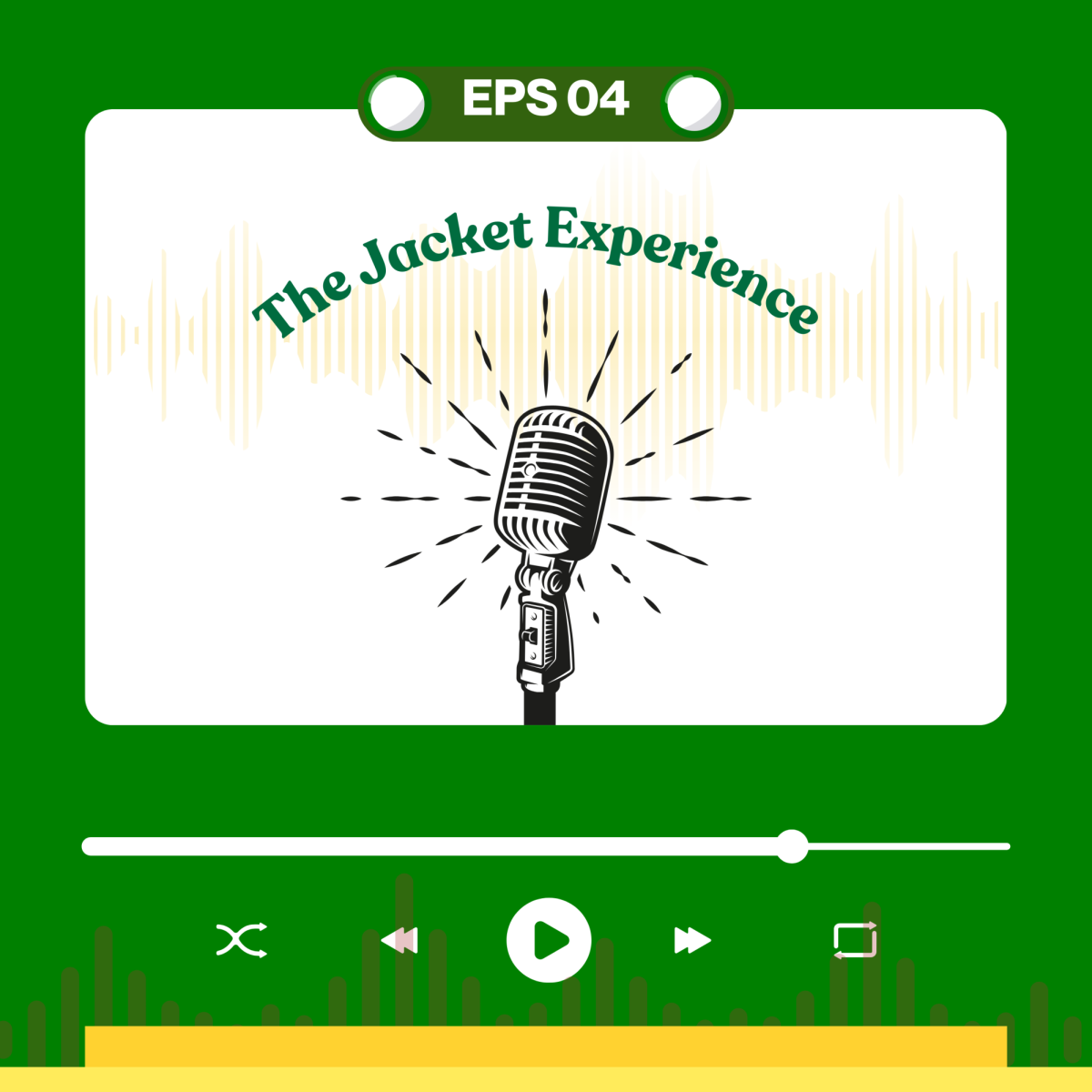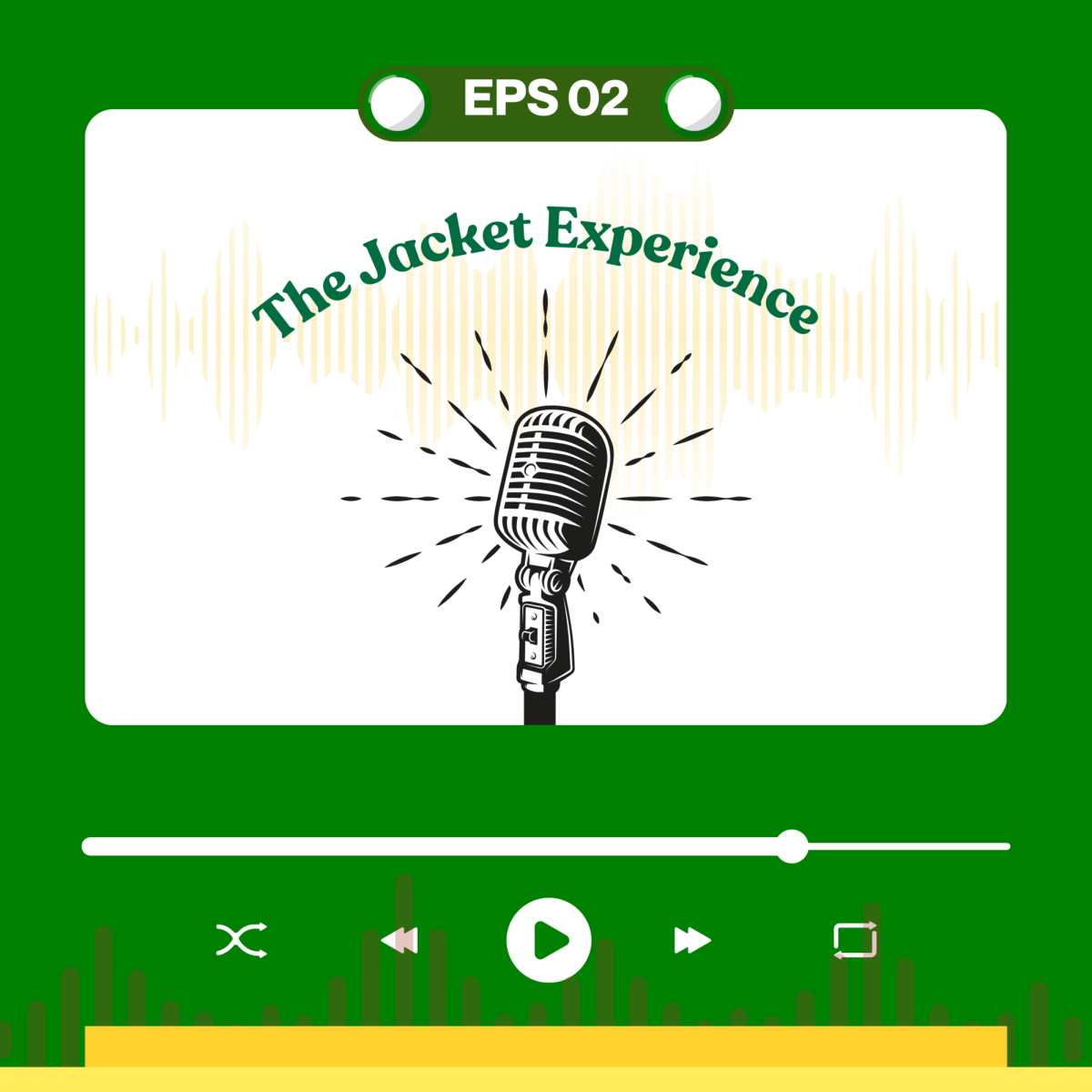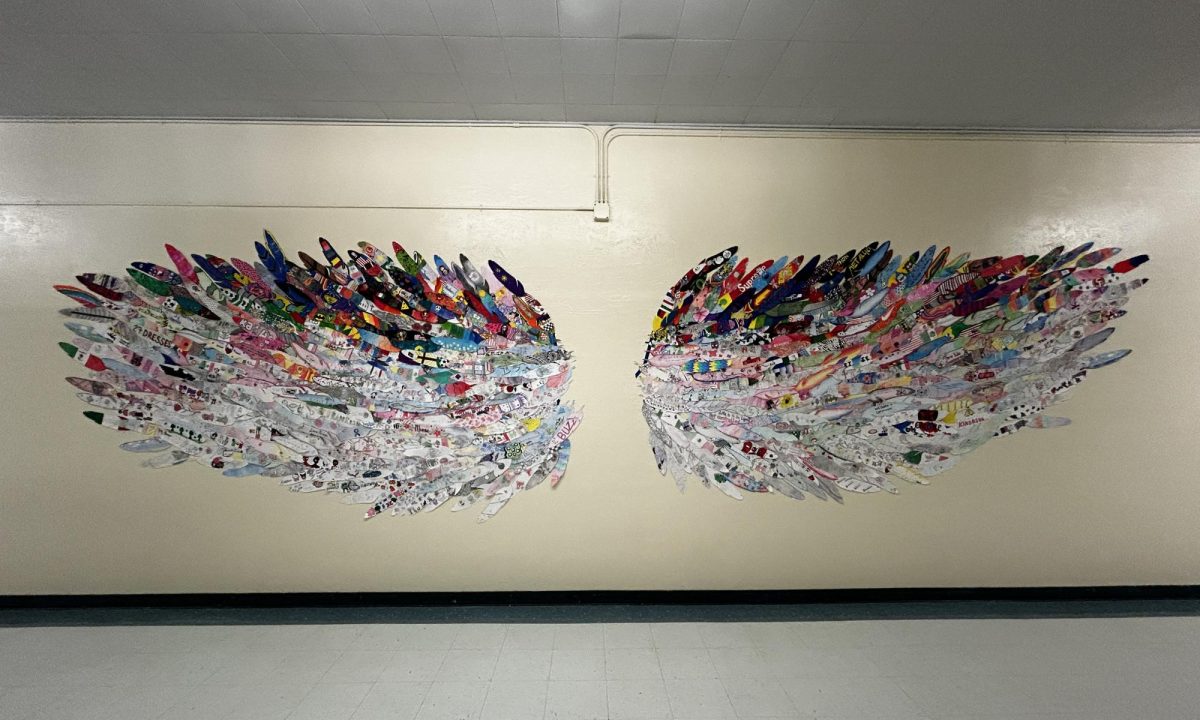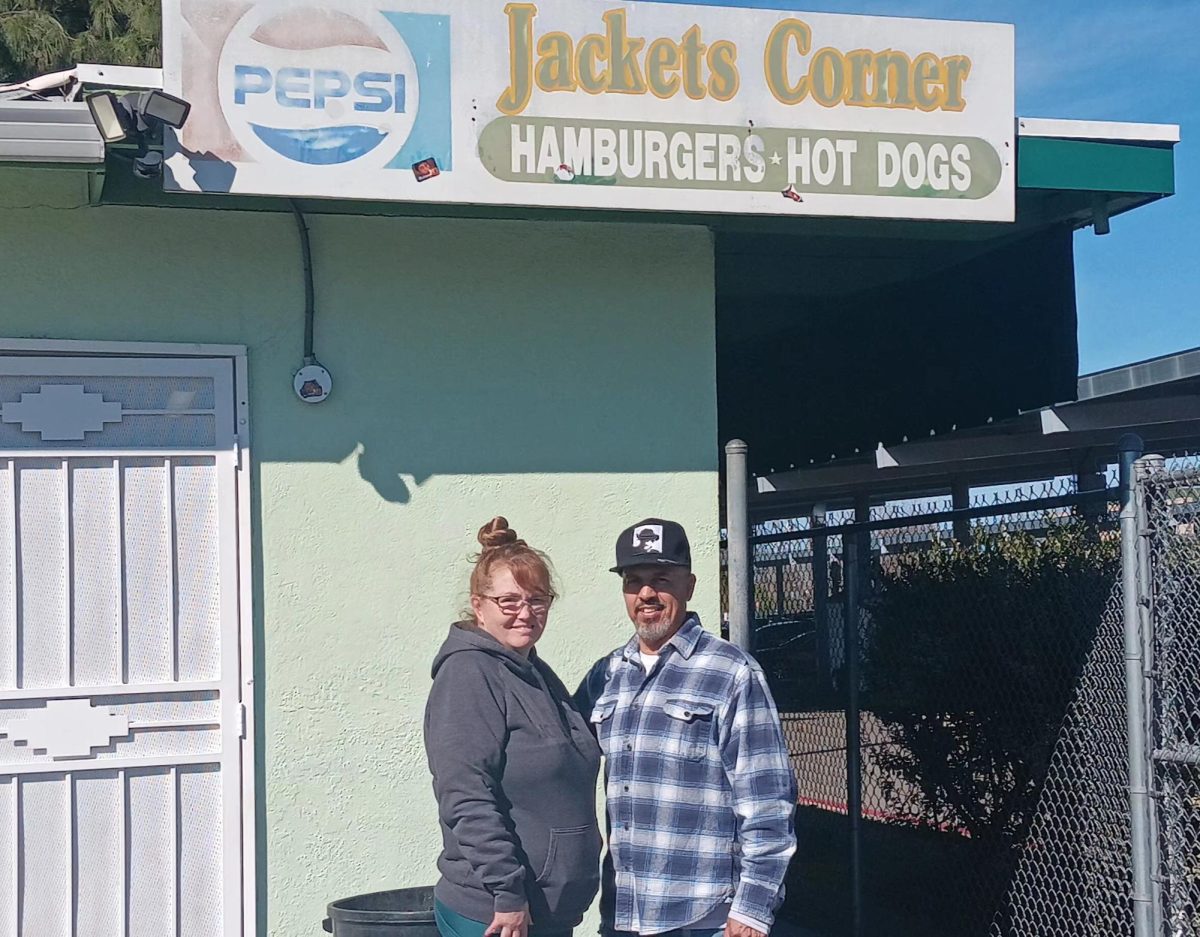Late last year, Alma Calderon-Chavez signed up for the Classroom Aquarium Education Program (CAEP). This free program is available to all teachers, and offers them the chance to teach their students about the importance of the environment. With this program, teachers receive an incubator, a small aquarium, and 35 Chinook Salmon eggs.
As stated by Genelle Treaster, the CEAP coordinator, although the CAEP is targeted towards middle school teachers, any teacher in the Stockton Unified School District (SUSD) is allowed to apply and participate. The requirements for this program are super easy to complete. All a teacher needs to do is apply for a California Department of Fish and Wildlife (CDFW) permit, attend a workshop, and receive the necessary supplies.
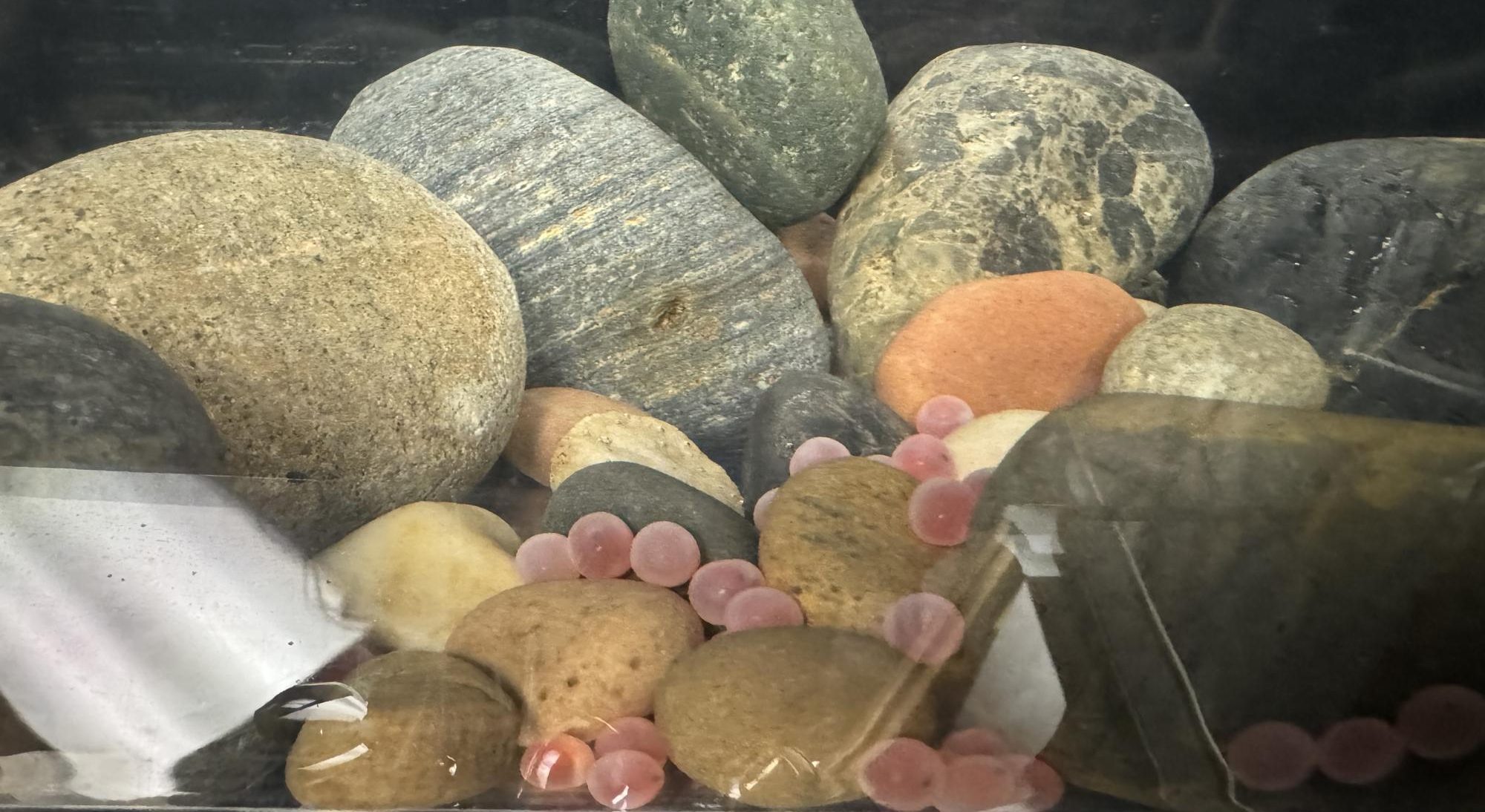
The CAEP is free to apply to and participate in, thanks to funding from a federal grant. The CDFW also works with sponsor organizations, like the city of Stockton, which provide and pay for all of the supplies needed. When asked whether the Trump Administration´s rash budget cuts would affect the program, Treaster said, ¨I am not allowed to be political.¨
Notably, the CAEP will differ between regions. Stockton falls under the North Central Region, and there are six main regions in the state. The main differences between regions are the type of fish raised, and the time of year the fish spawn. Treaster mentioned that for the 24-25 school year, of the 504 teachers that participated, over 110 were from San Joaquin County.
According to Treaster, the program was started in the Canadian province of British Columbia, in the ´80s. The CAEP was introduced to California in the ´90s and has been managed by the CDFW since the year 2000.
For the 2025-2026 school year, teachers in the North Central Region of California will have until early December to apply to the CAEP. Aside from submitting a program application (form 772), they also must complete a workshop, either virtual or in-person. The average number of teachers who apply to the program per school site is 1 to 5.
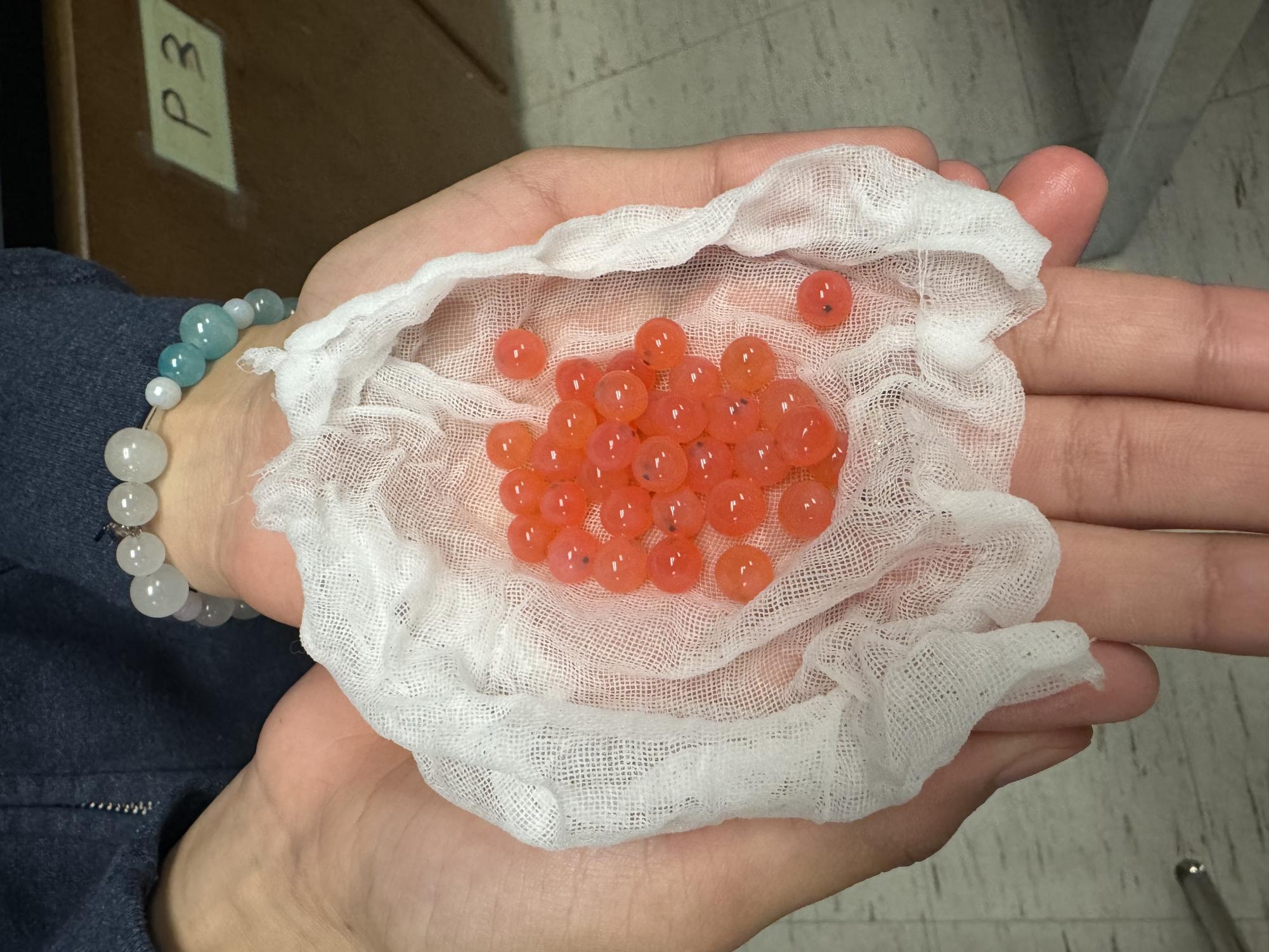
This is the second year that Chavez has participated in the program. Although this program is easy to get into, there are some extensive requirements. Since the Chinook Salmon is a protected species in California, Chavez had to apply for a permit to house and transport the fish. The salmon´s status also means that the fish are not to be fed while in captivity. She also had to attend a weekend-long training.
Despite the extra work this entails, Chavez said she enjoys giving her students a “once in a lifetime” experience that they are unlikely to otherwise get.
The incubator and the aquarium were delivered before Thanksgiving break, and the Chinook Salmon arrived, as eggs, on Jan. 8, 2025. The 35 eggs delivered that day were spawned at the Mokelumne River Fish Hatchery. Of the 35 eggs, only one didn’t survive. It changed colors from red to green after the second day of incubation. It was removed to prevent the spread of fungal growth in the aquarium.
The eggs were housed in an incubator, called a Salmon Cooler. The eggs started hatching 19 days after they were placed in the Salmon Cooler.
All 34 chinook salmon were released into the Mokelumne River by Chavez in February.


